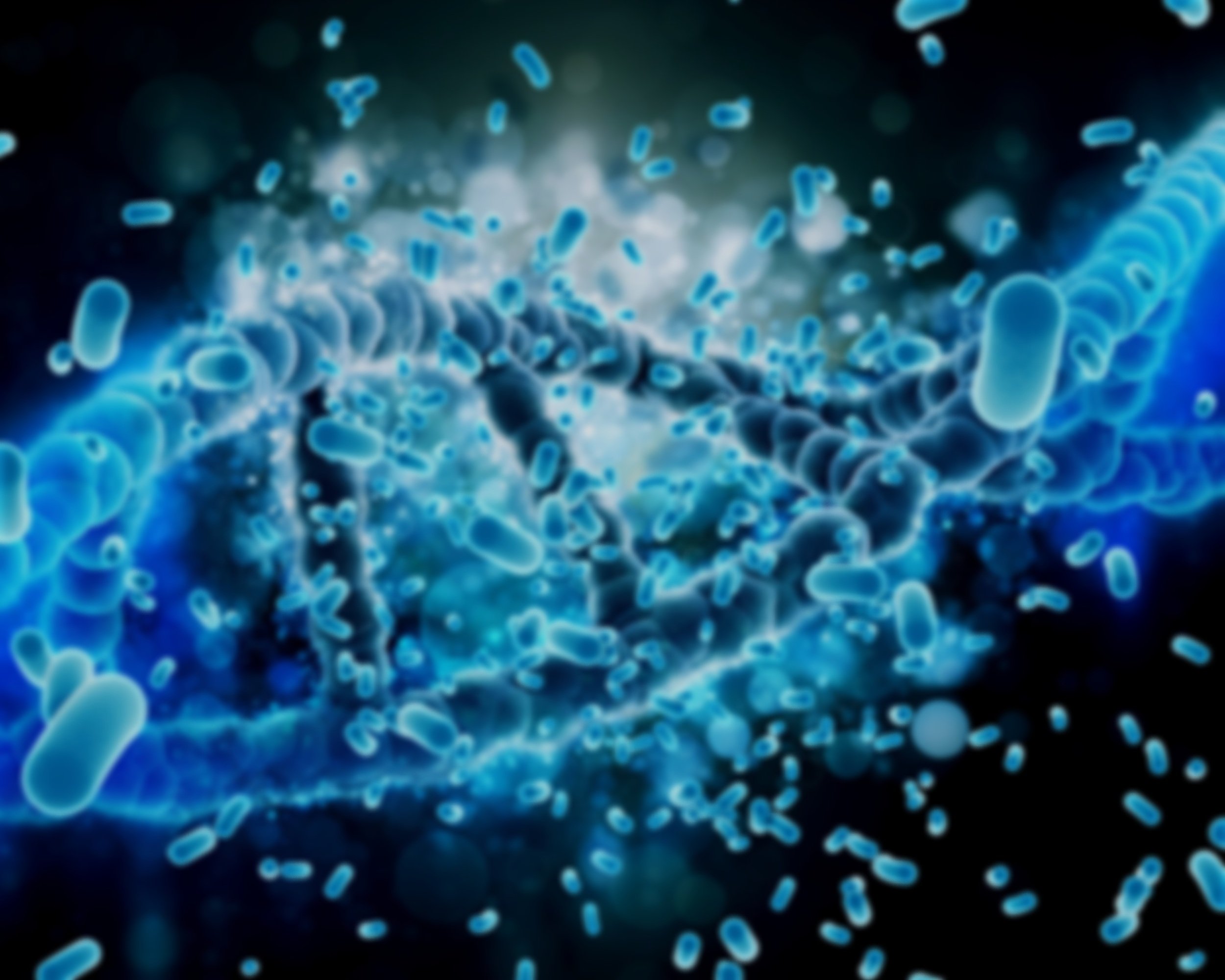Increasing Food Company Operating Margins by Double Digits
Reduces The Environmental Impact Of Cold Storage
Streamlines The Food Supply Chain
Enables Fresher, Safer, Food

SnapDNA Reduces the Time for a Food Pathogen Test Results from 3-7 Days to
One Hour
Eliminates The Need To Store Finished Products While Waiting For Test Results
Huge Operational Cost Savings For Food Companies
Proven Successful In Paid Pilots With Multinational Food Companies
Confirmed In USDA Peer-reviewed Publication*
Enables On-site and In-field Analysis
Fundamental New Technologies for DNA/RNA Analysis
Usable almost anywhere by almost anyone - no lab or technical skills needed
Meets Every Requirement of Lab Testing
Launching In 2026
*USDA Agriculture Research Service In Albany CA

WHO WE ARE
SAFER SYSTEMS SUBSTANTIALLY REDUCING COSTS
Our food must be tested for dangerous pathogens like Listeria, Salmonella, and E. coli. Those tests currently take 3-7 days or longer. Meanwhile, food sits, often in cold storage, waiting for pathogen test results. SnapDNA has developed a rapid molecular test that can eliminate the storage-need bottleneck and costs and reduce the environmental impact from the 3 Billion cubic ft of public cold storage in the US alone. SnapDNA can significantly increase food company margins, streamline food supply chains, and enable fresher, safer food for consumers.
The food industry has been asking for rapid pathogen testing for years. The challenge has been to develop a rapid molecular test that meets every metric of lab testing, specifically:
Detection of only live/viable cells
Ability to detect a handful of pathogen cells in large, biodiverse, food industry samples
Near zero false positives
Many companies have tried. Hundreds of millions of dollars have been spent. None have succeeded. Until SnapDNA. We have invested over 10 years to develop a ground-up new approach to molecular diagnostics. We incorporated our technology in a self-contained “lab-in-a-box” system that can be used almost anywhere by almost anyone. Unlike current food industry tests, SnapDNA results are quantitative, meaning they can measure the number of cells in each sample - critical information to determine the severity and source of contamination.
Every SnapDNA instrument is cloud-connected with integrated chain-of-custody tracking, enabling predictive analytics to identify potential contamination risks before they occur.
Our product development is proven and complete. SnapDNA is gearing up for mass production and launch in late 2024. Stay tuned.
TECHNOLOGY PROCESS VIDEO
FAQs
-
TrueRapid means results are available when product is ready to ship.
-
We estimate a large poultry company can increase their margins by up to 30% by using SnapDNA rapid testing to avoid warehousing food while waiting for pathogen test results. While every food sector is different, we believe SnapDNA can deliver significant cost savings for virtually every food company.
-
Yes. The SnapDNA analysis is designed to meet or exceed every key metric for lab testing. This includes analyzing standard industry samples, low false positive rates, live-only cell detection and very low limits of detection.
-
We estimate a total-time-to-result as little as 60 minutes. In food production, 50 or more samples can be analyzed in a 4 hour shift using multiple systems.
-
SnapDNA works on standard food industry samples. Food companies do not need to make any changes in the way they collect samples. The SnapDNA system can be used almost anywhere with no facilities changes. Sample processing is automated so the same employees that collect samples can analyze them using the SnapDNA instrument and cartridges.
-
We plan on offering cartridges to detect bacteria, yeasts, molds, mushrooms, viruses, allergens, and parasites. A single SnapDNA cartridge can test for multiple pathogens simultaneously. Unlike culture-based tests, SnapDNA cartridges can test for different organisms in the same sample, such as detecting the two bacteria and one mold needed for cannabis testing.
-
Contaminations can quickly spread across a wet floor of a food company, especially when factory workers walk around. Quantitative analysis can distinguish between the high cell count of the source and the lower counts of surrounding areas. It can also determine the efficacy of the remediation process. A non-quantitative test simply reports the presence or absence of pathogen cells. That makes it very challenging to pinpoint the contamination source once it has spread.
-
No. Current food pathogen tests rely on culturing bacteria to grow enough live cells for accurate analysis. Many factors can affect the growth rate of bacteria. After a day or more of exponential growth in culture, it’s typically not possible to accurately determine how many cells were originally in the sample.
-
Yes. “Kill steps” such as cooking or sanitation are designed to kill pathogens, however they don’t necessarily change the results of a PCR or antibody test. Confirming the effectiveness of a kill step requires detection of only live bacteria. SnapDNA processing isolates only live cells and removes all dead cells prior to DNA analysis.
-
SnapDNA analysis can detect as few as 5 cells from a 100mL or larger sample.
-
Yes. We believe SnapDNA has the only culture-independent molecular analysis that can detect as few as 5 live cells from large, biodiverse samples with near zero false positives. The company has filed for patent protection and has over 100 trade secrets on these and other key processes.
-
The SnapDNA system is not designed as a consumer device. It is a lab-quality diagnostic instrument designed for high-volume commercial use by food companies and test labs.



